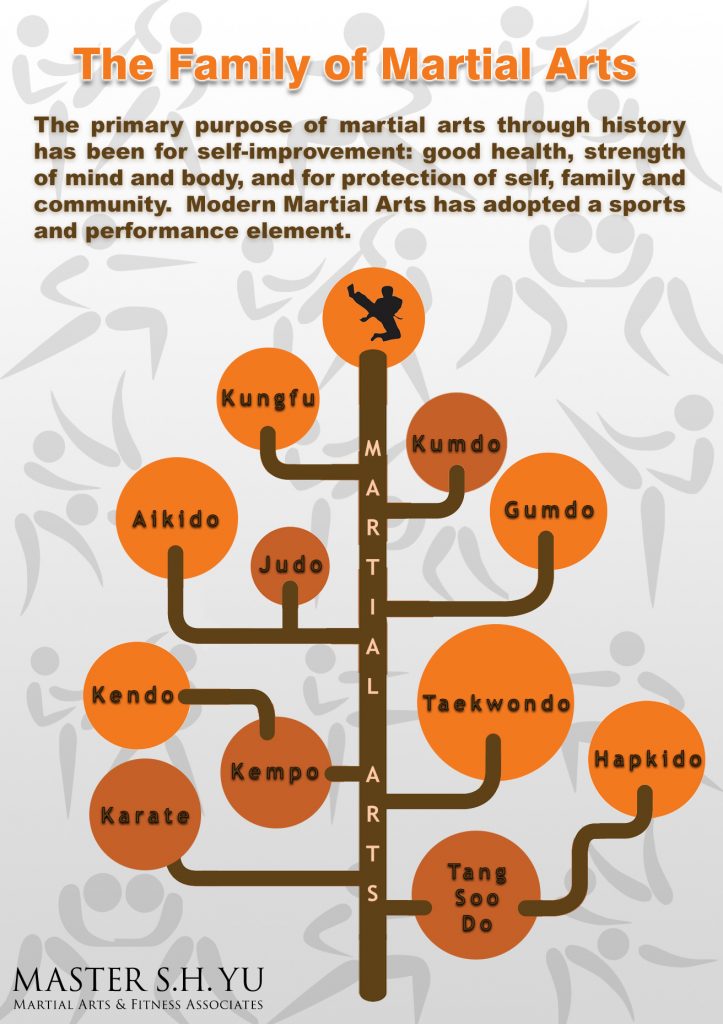The Significance Of Flexibility In Martial Arts Training
The Significance Of Flexibility In Martial Arts Training
Blog Article
Created By-Becker Lawrence
Did you understand that adaptability plays an important role in fighting styles training?
In fact, a study conducted by the International Journal of Sports Physical Therapy revealed that over 80% of martial musicians deal with limited adaptability.
Yet why is versatility so essential? Well, it not only enhances your performance and strategy but likewise lowers the danger of injuries.
So, if you're wanting to take your fighting styles skills to the following degree and remain injury-free, you'll definitely wish to keep analysis.
Advantages of Versatility in Fighting Style
Versatility in martial arts brings various benefits to specialists, allowing you to enhance your performance and decrease the threat of injury. By boosting https://selfdefenseknifewoman80119.develop-blog.com/39233707/the-emotional-benefits-of-taekwondo-enhancing-self-assurance-and , you increase your series of activity, enabling you to perform techniques with higher precision and effectiveness.
This improved dexterity and fluidity in your movements can offer you an one-upmanship, enabling you to react quicker and adapt to different scenarios throughout competing or competitors. Furthermore, increased adaptability helps to stop injuries by boosting muscle mass elasticity and joint wheelchair.
It allows your body to move extra easily, decreasing the pressure on your muscles and ligaments. This, in turn, lessens the chances of sprains, stress, and muscle pulls. By integrating flexibility training right into your fighting styles method, you not just boost your performance but additionally secure your physical wellness.
Techniques to Boost Adaptability
To boost your flexibility in martial arts, you can include different stretching exercises right into your training routine.
One efficient method is vibrant stretching, which includes relocating with a complete variety of movement to warm up your muscle mass and raise flexibility. Examples consist of leg swings, arm circles, and trunk turnings.
One more technique is fixed stretching, where you hold a go for a sustained amount of time. This helps lengthen and unwind your muscle mass, improving flexibility gradually. Common fixed go for fighting styles consist of the butterfly stretch, hindering stretch, and shoulder stretch.
In addition, integrating yoga or Pilates right into your training can additionally considerably boost your adaptability.
Keep in check this link right here now to always heat up before extending and pay attention to your body to avoid injury.
Adaptability Training for All Ability Levels
As you progress in your fighting styles training, boosting your flexibility becomes vital for enhancing your general performance. Flexibility training isn't only useful for sophisticated specialists but likewise for newbies and intermediate pupils.
No matter your ability degree, incorporating adaptability exercises right into your training routine will certainly assist you establish a variety of movement, prevent injuries, and enhance your technique implementation.
For beginners, flexibility training can aid enhance your type and position, enabling you to execute activities correctly and effectively. Intermediate practitioners can make use of adaptability training to further enhance their variety of motion and enhance their fluidity in implementing complex strategies. Advanced pupils can take advantage of versatility training by keeping and improving their existing flexibility, enabling them to carry out advanced actions easily.
Final thought
To conclude, welcoming versatility in your martial arts training is vital. By including techniques to enhance adaptability, you can enhance your performance and protect against injuries.
Remember, ' https://andresjsjah.yomoblog.com/38932851/the-function-of-taekwondo-in-health-and-fitness-and-weight-reduction is a durable body.' So, keep pushing your limits, stretching on a regular basis, and profit of a supple and nimble figure.
